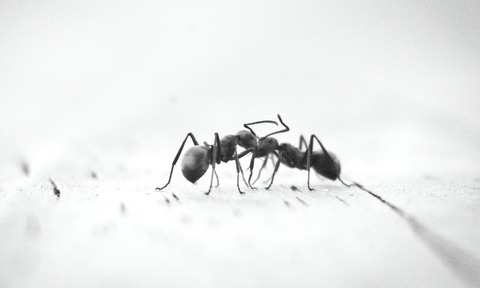Plant peacemaker’s segregation keeps ant wars at bay
20 Jul 2025

Plants from the Pacific based genus Squamellaria which have adapted to encourage the presence of ants are sometimes referred to as having been domesticated by the insects.
But a study of their interaction suggests that the host may be actively helping to manage their tenants’ behaviours.
Writing in Science, an international team led by University of Durham professor Guillaume Chomicki, describes how normally hostile rival ant species are accommodated without coming into conflict.
The researchers carried out their investigations in Fiji, home to five of the eight Squamellaria species, documenting them on three islands over a decade.
This demonstrated with nutrient labelling that the plants depended upon the presence of ants to fertilise them with the aid of nutrients from the creatures’ waste.
To attract them, the plants grow bulbous structures known as domatia, capable of housing the ants.
High resolution 3D CT scans revealed that the domatia were each divided into chambers that each have a dedicated entrance but are sealed off from each other. This allowed one plant to house up five potentially aggressive species simultaneously.
Said Chomicki: “It is incredible how such an odd group of organisms, restricted to a couple of Fijian islands, can provide general insights into the stability of cooperation between species.”
In order to test the theory that the compartments helped maintained peaceful co-existence, the researchers surgically removed some compartment walls.
The result was high fatality conflicts, whereas with protective compartments, ants were even willing to share food sources outside the plant.
Mathematical modelling, meanwhile, confirmed that compartments stopped early conflicts and allowed ant communities to become well established and thereby provide a secure level of nutrients for the plants, said the researchers.

